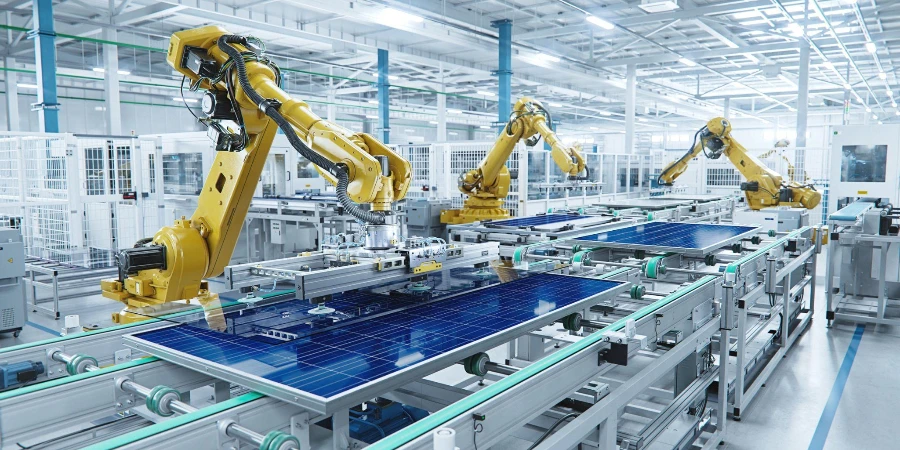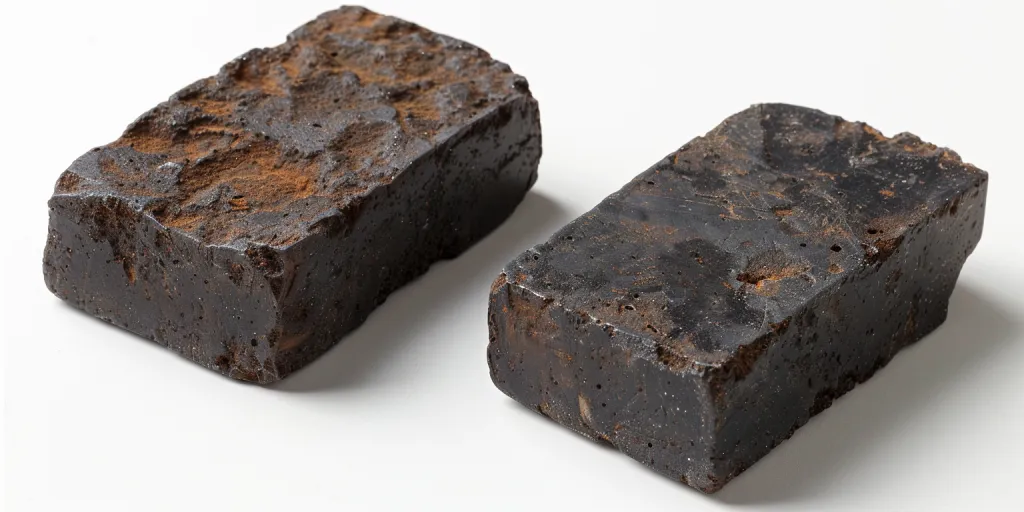In the modern economy, manufacturers stand as the backbone, transforming raw materials into the products that fill our lives. This article aims to demystify the role of a manufacturer, shedding light on the processes, challenges, and innovations that define this critical industry. Through understanding these key aspects, we gain insight into the value and complexity behind the products we often take for granted.
Table of Contents:
– What is a manufacturer?
– The manufacturing process: From concept to consumer
– Challenges faced by manufacturers today
– Innovations shaping the future of manufacturing
– The environmental impact of manufacturing
What is a manufacturer?
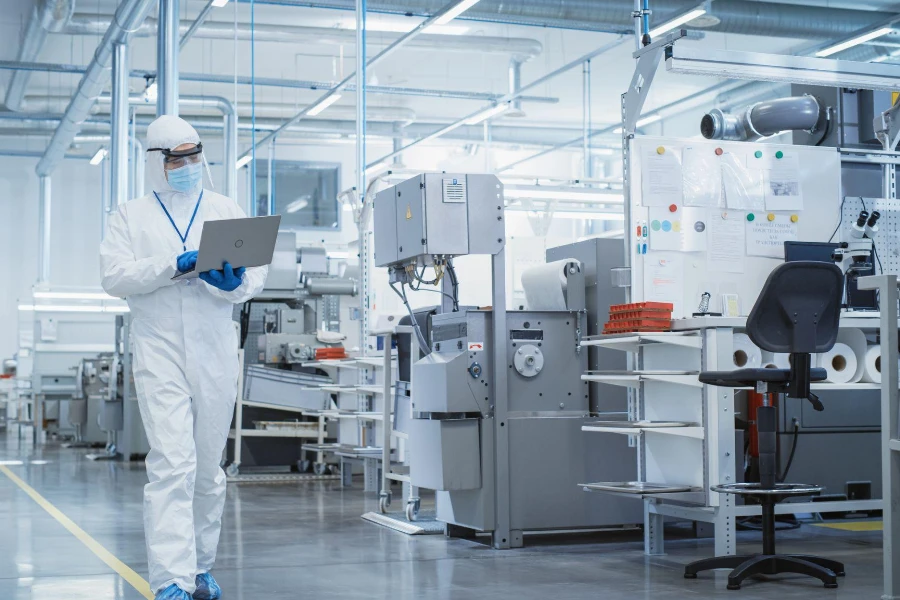
Manufacturers are entities that convert raw materials or components into finished goods through various processes, tools, and machinery. This transformation is central to the creation of value, making raw materials more useful and desirable to consumers and businesses alike. The scale of manufacturing can range from handcrafted goods produced by artisans to mass-produced items created in large factories. Regardless of the scale, the goal remains the same: to produce goods that meet a specific need or desire.
The significance of manufacturers extends beyond the mere production of goods. They are a critical part of the supply chain, ensuring the availability of products that fuel other industries and, by extension, the global economy. This interconnectedness highlights the importance of efficient and effective manufacturing practices.
Manufacturing is not a static field; it evolves with advancements in technology, changes in consumer demand, and shifts in global economic conditions. This dynamic nature requires manufacturers to be adaptable, constantly seeking ways to improve their processes and products.
The manufacturing process: From concept to consumer

The journey from an idea to a finished product is intricate, involving multiple steps that must be meticulously managed to ensure quality and efficiency. The manufacturing process typically starts with product design, where ideas are transformed into detailed plans and prototypes. This stage is crucial for identifying potential issues before mass production begins.
Following design, the production phase commences. This can involve a variety of processes such as casting, molding, machining, or assembling, depending on the product. Each process must be carefully controlled to meet strict standards for quality and safety.
Finally, quality control and testing are essential to ensure that the finished products meet the required specifications and are safe for consumer use. This stage often involves both manual inspections and automated testing, highlighting the importance of thoroughness in the manufacturing process.
Challenges faced by manufacturers today
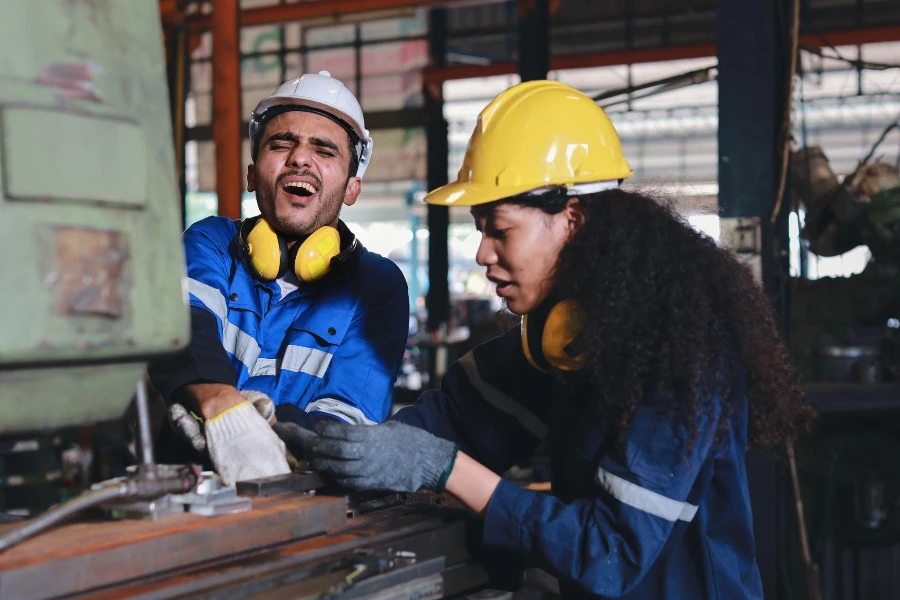
Manufacturers today navigate a landscape filled with challenges, from global competition to rapidly changing technology. One significant challenge is the need to adapt to shifting consumer preferences, requiring flexibility in production processes and the ability to innovate quickly.
Supply chain disruptions have also become a more prominent issue, as seen in recent global events. Manufacturers must develop robust supply chains and contingency plans to mitigate these risks and ensure the continuous flow of goods.
Lastly, the pressure to become more sustainable and reduce environmental impact is growing. Manufacturers are exploring ways to incorporate greener practices, from using renewable energy sources to recycling waste materials, demonstrating a commitment to sustainability.
Innovations shaping the future of manufacturing
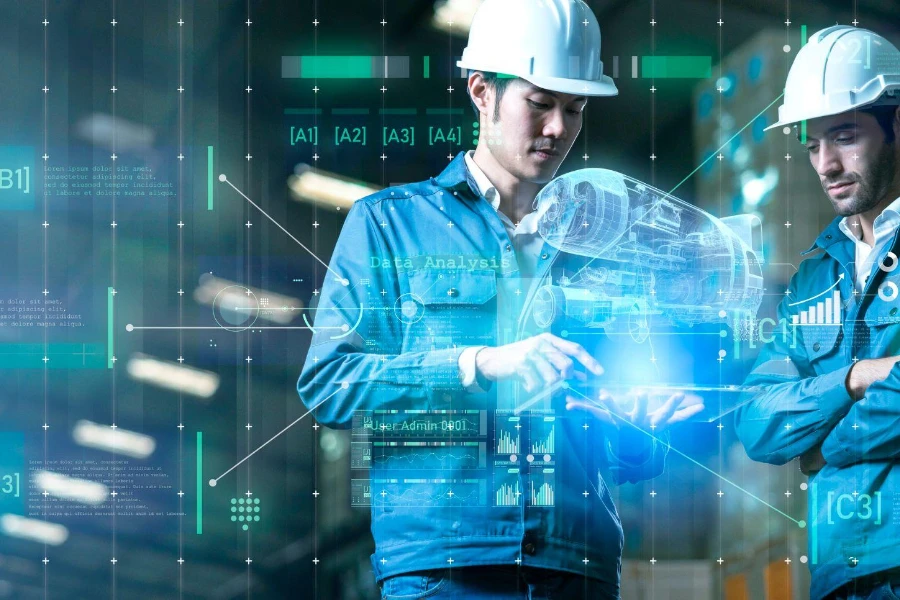
In response to these challenges, manufacturers are turning to innovation. Technologies such as 3D printing, robotics, and artificial intelligence are revolutionizing the industry, offering new ways to increase efficiency and reduce costs.
3D printing, for instance, allows for more complex designs and rapid prototyping, speeding up the development process and enabling customization at scale. Robotics and automation improve precision and productivity, allowing for higher output with fewer errors.
Artificial intelligence and machine learning are being used to predict maintenance needs, optimize production schedules, and enhance quality control. These technologies are not only transforming manufacturing processes but also how manufacturers interact with suppliers and customers.
The environmental impact of manufacturing
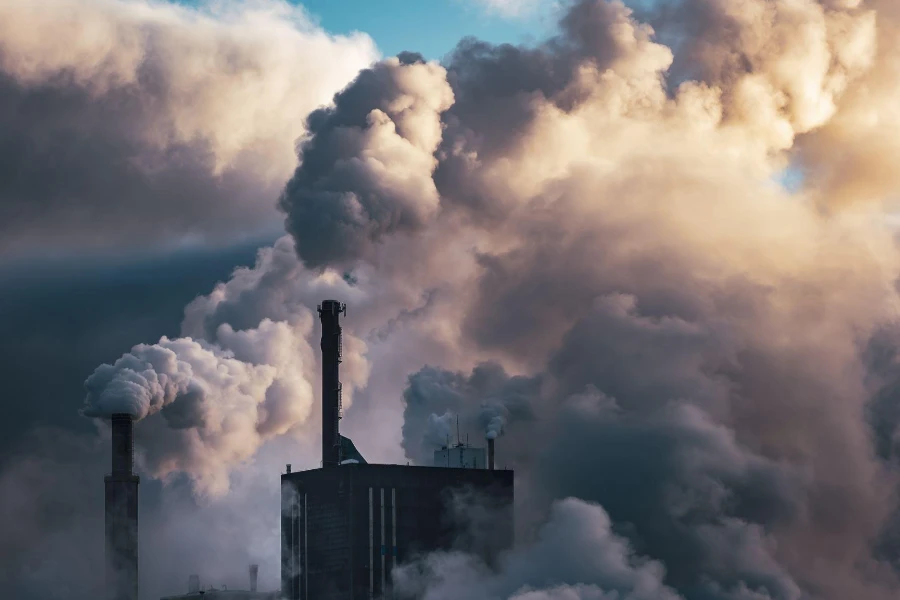
The environmental footprint of manufacturing is a growing concern. The industry is a significant consumer of resources and a major source of pollution and waste. However, manufacturers are increasingly recognizing their responsibility to operate sustainably.
Efforts to minimize environmental impact include reducing energy consumption, utilizing sustainable materials, and implementing recycling and waste management programs. These practices not only benefit the environment but can also lead to cost savings and improved brand reputation.
The shift towards a more sustainable manufacturing industry is complex but necessary. It requires innovation, investment, and collaboration across the entire supply chain. By prioritizing sustainability, manufacturers can contribute to a healthier planet while meeting the demands of a growing global population.
Conclusion:
Manufacturers play a vital role in our economy, transforming raw materials into the products that enrich our daily lives. Despite facing numerous challenges, the industry continues to evolve through innovation and a commitment to sustainability. Understanding the complexities behind manufacturing allows us to appreciate the value and effort behind the products we use every day, highlighting the importance of supporting practices that are both efficient and environmentally responsible.
